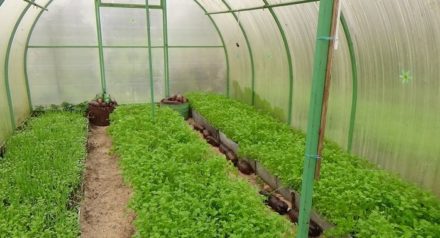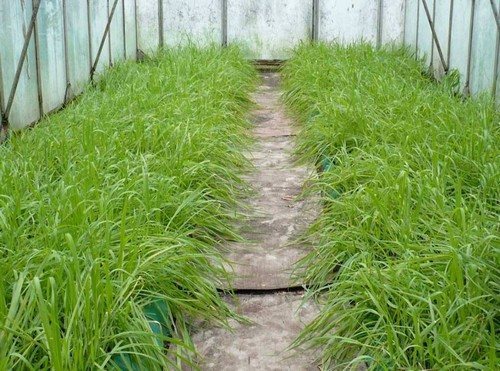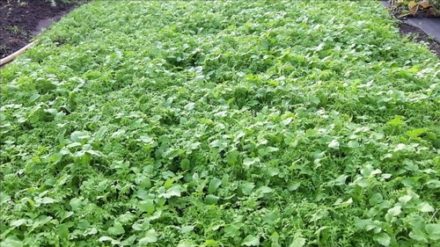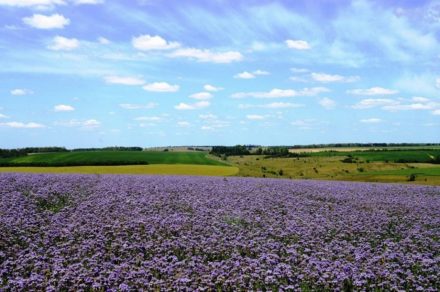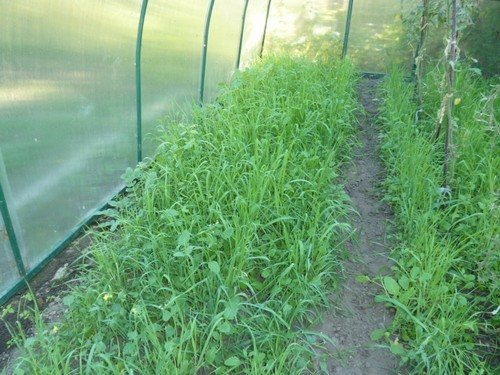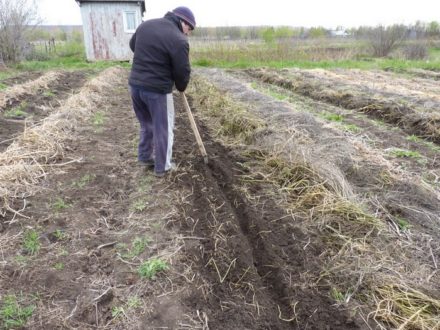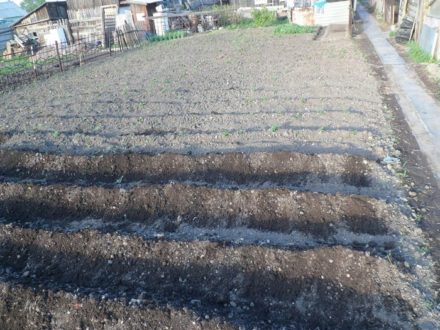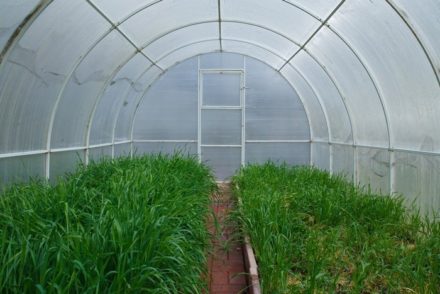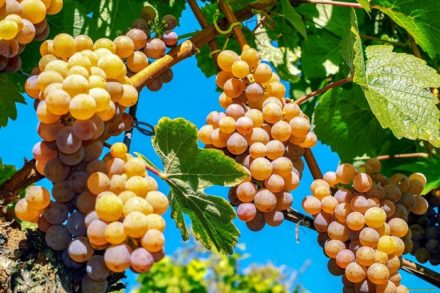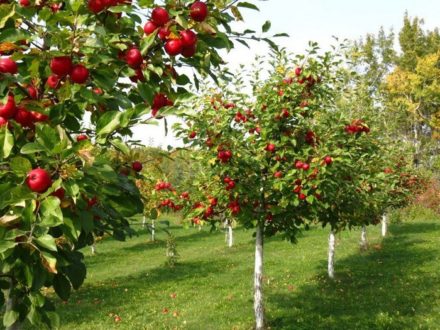It is not without reason that the beginning of autumn in Russia is the favorite time of year for compatriots and foreign tourists. During Indian summer, windless, sunny and dry weather contributes to enjoying colorful landscapes. While city dwellers admire the beauty of nature in parks and squares, gardeners continue to work on their plots. After harvesting from the beds, they need to lay the foundation of nutrition for the plants that will be grown next year. The most common way to restore depleted soil is to sow green manure.
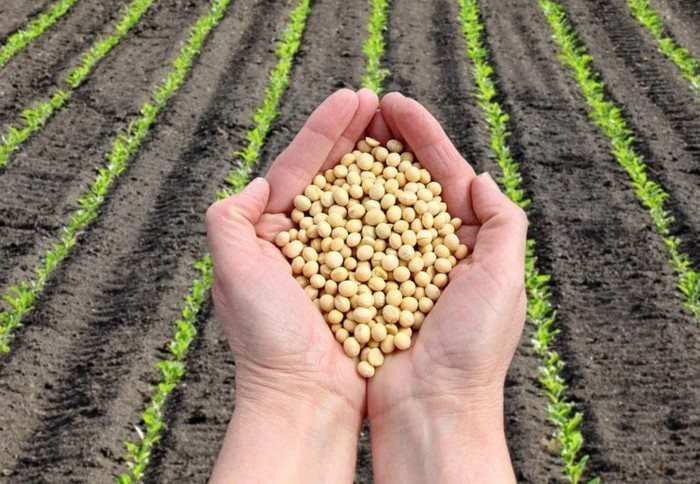
Varieties of green manure
Green manure includes about four hundred plants, the cultivation of which does not deplete, but saturates the earth with useful substances. The main representatives of natural fertilizers are divided into six groups:
- Cruciferous vegetables: rapeseed, radish, rapeseed, mustard.
- Cereals: rye, wheat, barley, oats, Sudan grass, sorghum.
- Legumes: beans, peas, lentils, clover, soybeans, sweet clover, lupine, sainfoin.
- Amaranthaceae: amaranth, shirica.
- Hydrophilic: phacelia.
- Buckwheat: buckwheat.
Experienced gardeners usually use mustard, clover, radish, rye and phacelia as autumn green fertilizers. These seeds are inexpensive and are sold in every gardening store. Typically, green manure is packaged in 500 gram plastic bags.
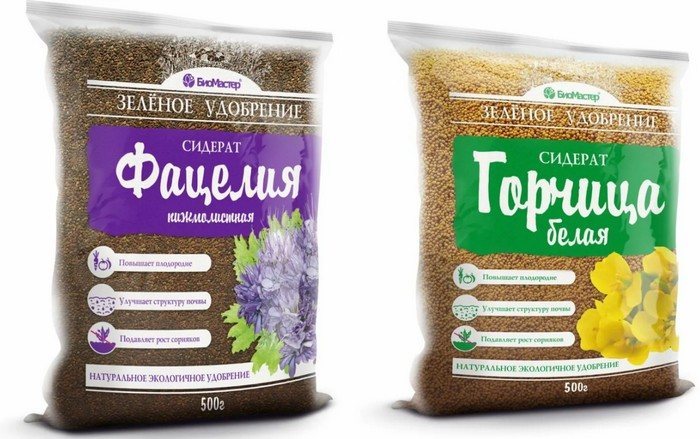
Characteristics of green fertilizers
In order to choose the right green manure for sowing, it is necessary to study the composition of the soil on which it will be directly grown.
Cereal and hydrophilic natural fertilizers can be sown on any soil, including acidic, loamy and sandy loam. Legumes and cruciferous vegetables are well suited for both sandy, sandy and loamy areas. Buckwheat should be planted only on clay soil, and amaranth - on light loamy and soddy-podzolic soils.
Each of the natural fertilizers has its pros and cons. Rye, oats, and barley loosen the soil well, saturate it with potassium and help completely get rid of weeds in two to three seasons. However, the powerful root system of cereal plants is difficult to cut out.
The most important advantage of phacelia is its ability to deoxidize the soil. In addition, this beautiful plant is a real phytosanitary that cleanses the soil from most viral diseases.
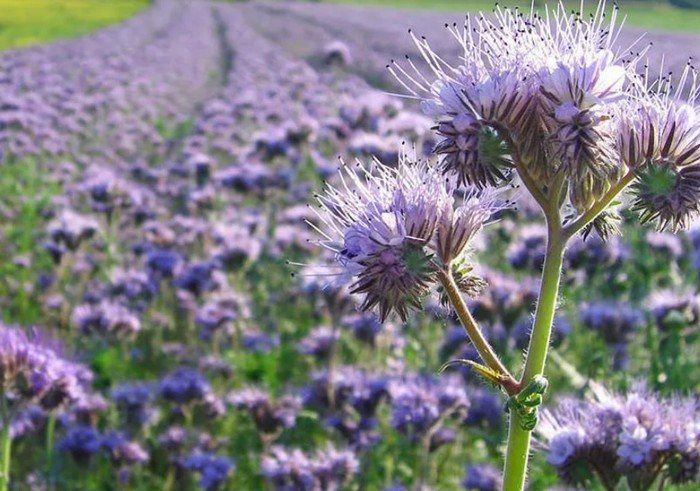
Legumes are rich in nitrogen and resist root rot. They are usually sown before planting melons, potatoes, tomatoes and cucumbers in the ground. But they can only be planted in spring. Sowing before winter will not give the desired result.
Mustard and radish grow quickly. A couple of months after sowing, they gain green mass and are ready for mowing. In addition to fighting harmful microorganisms and weeds, cruciferous vegetables perfectly loosen the soil. You can sow from March to October.
Amaranth and shirita suppress the growth of weeds and help improve soil structure due to large tap-shaped roots. Plants cut before insemination are used for mulching beds.
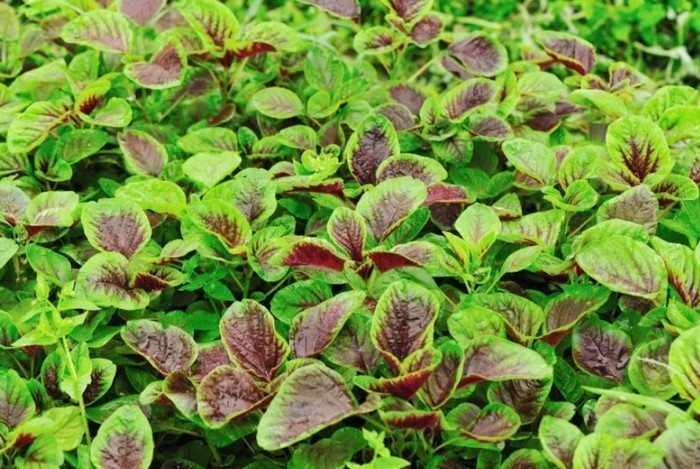
How to sow green manure in the fall
For autumn planting of green fertilizers, you need to choose frost-resistant plants. These include rye, wheat, mustard, radish, rapeseed, rapeseed, buckwheat and phacelia.
Before sowing, the soil is cleared of weeds, the top layer of soil is dug up or loosened to a depth of 5–7 cm. The seeds can either be scattered evenly over the surface of the bed, or sown in rows at a distance of 10 cm from each other with a depth of no more than 2 cm.
Dry autumn soil needs to be watered well so that the seeds have enough moisture to germinate. As soon as the plants have gained sufficient green mass, they can be mowed and the ground mulched with them, or they can be left unmown until winter. Some gardeners, before the onset of winter, simply dig up green manure with soil, leaving it to rot inside the bed.
Regardless of the method of processing natural fertilizers after germination, any soil will respond to you with a rich harvest next season as a token of gratitude for restoration, loosening and saturation with nutrients.


